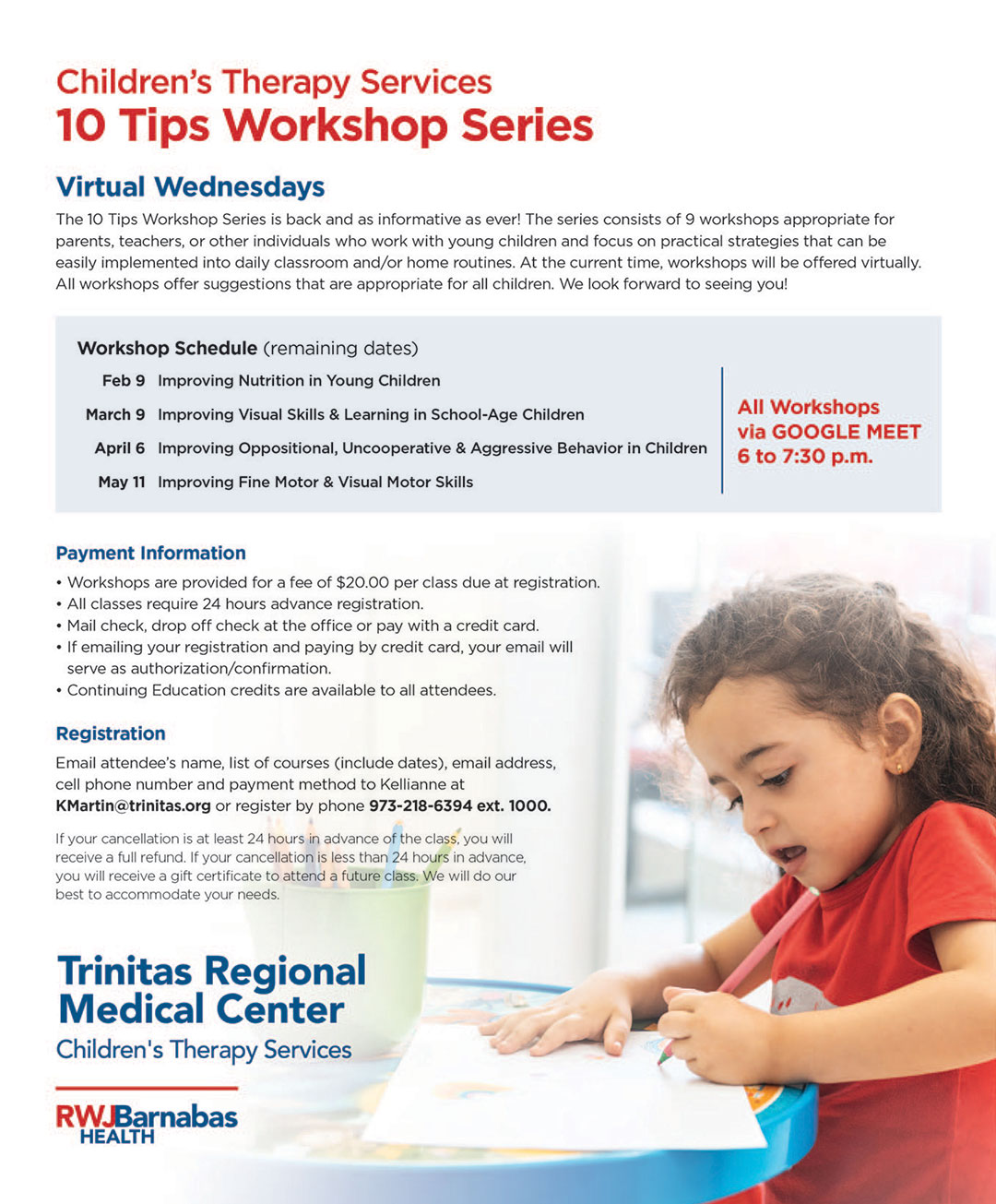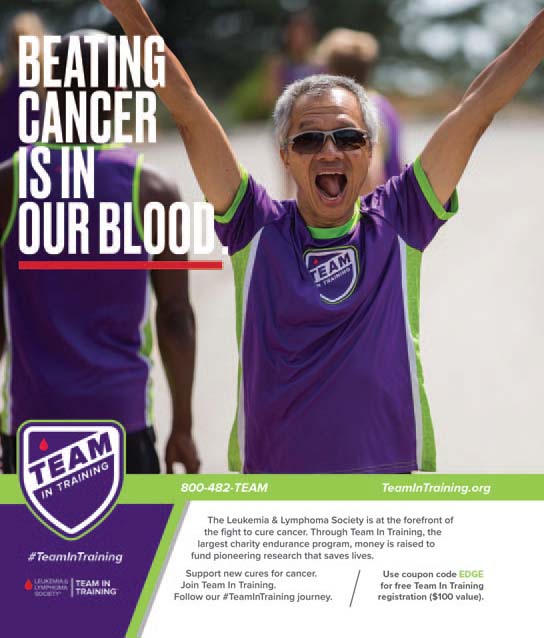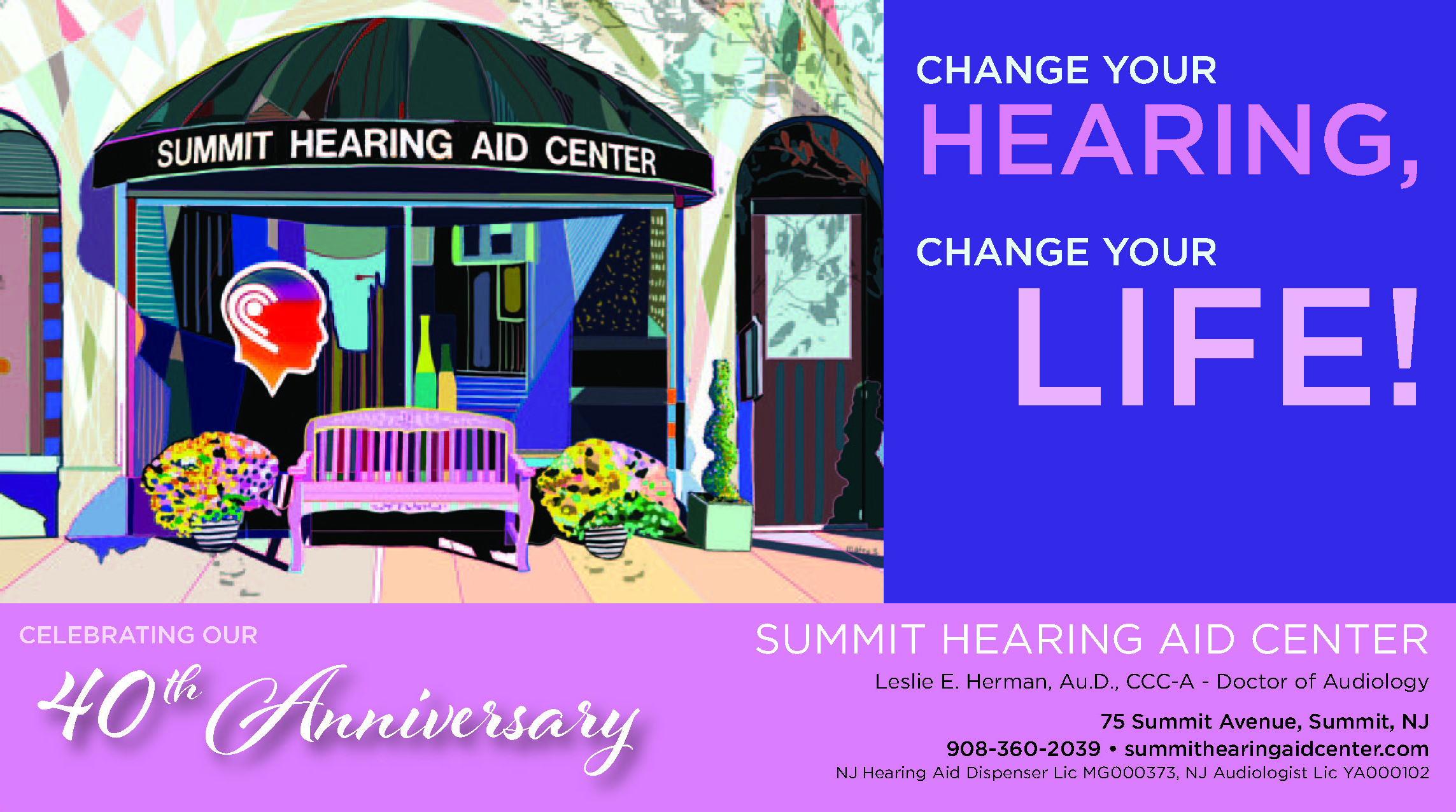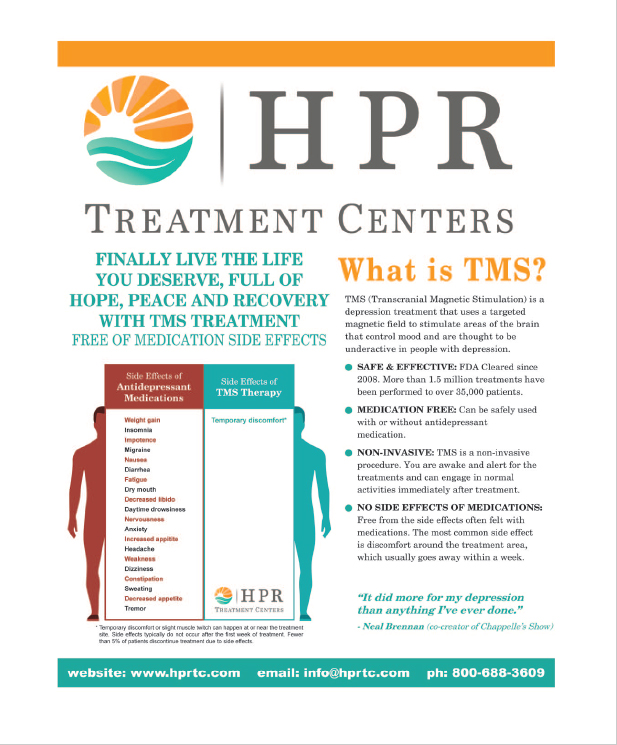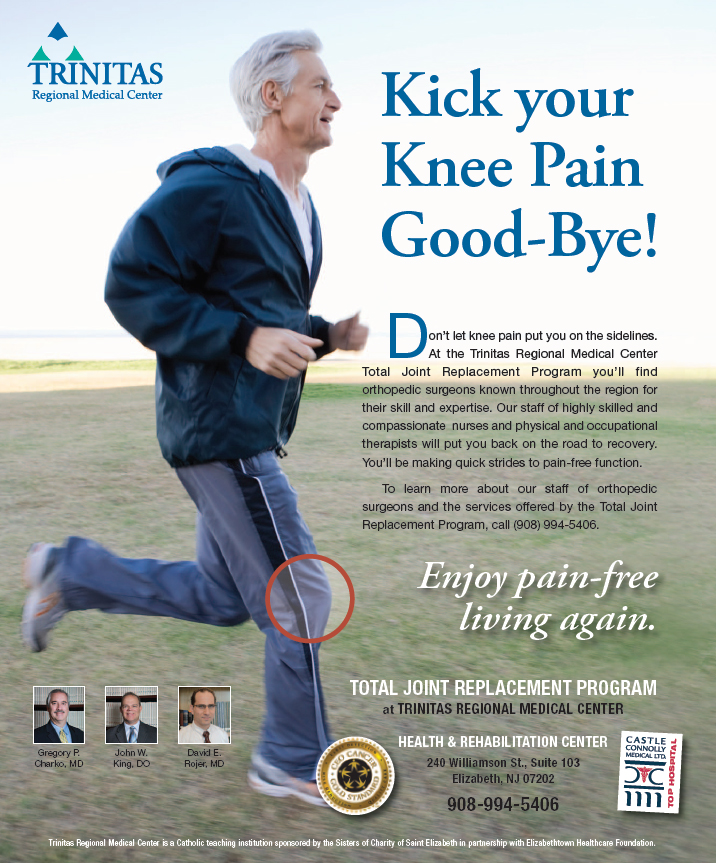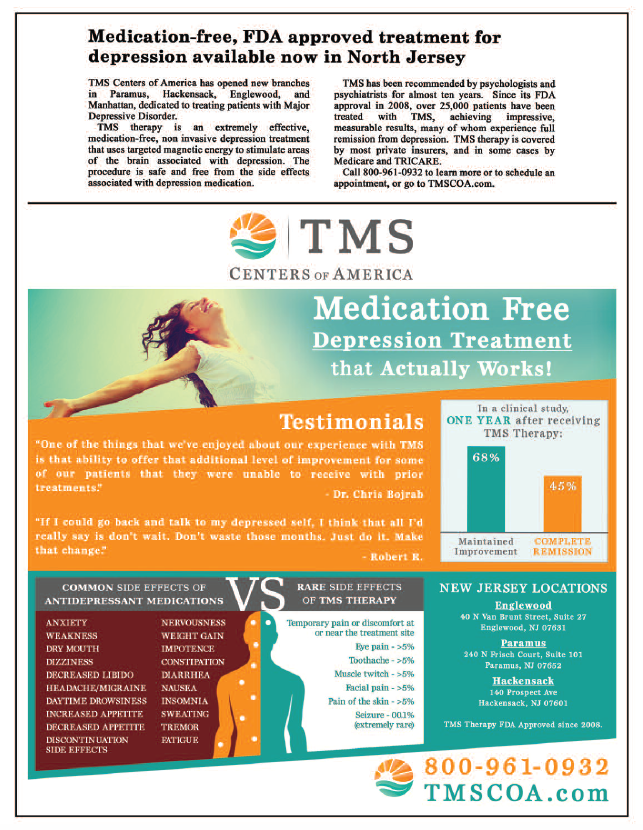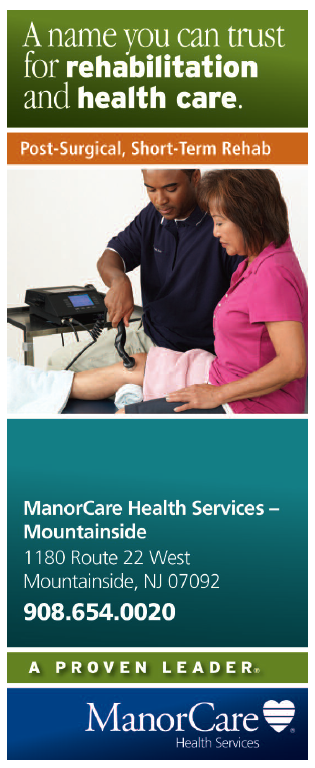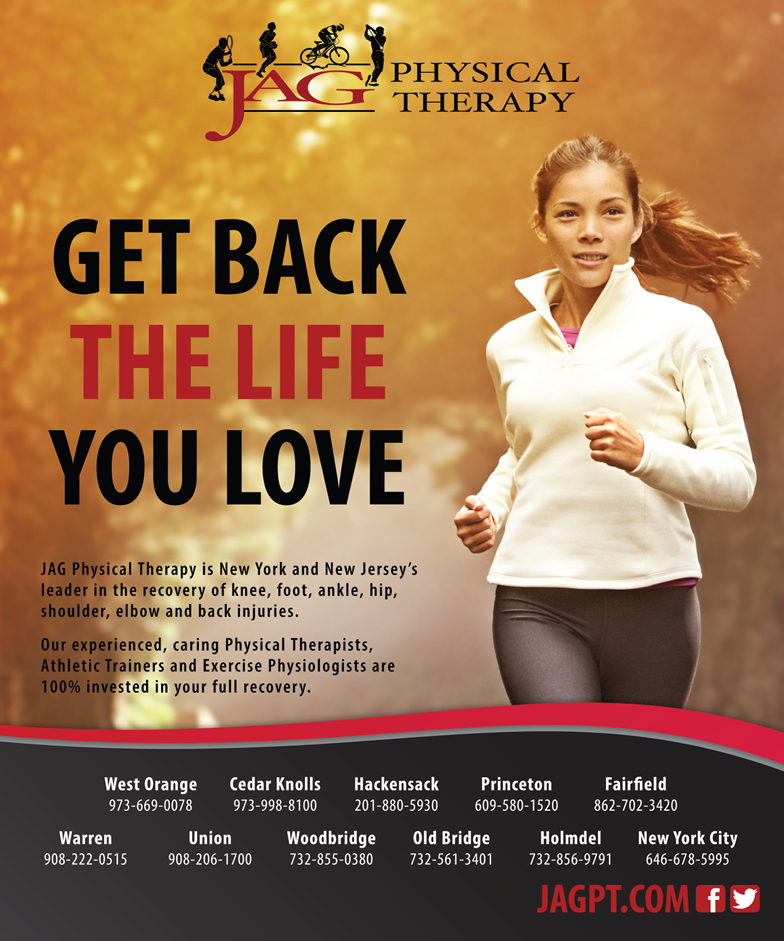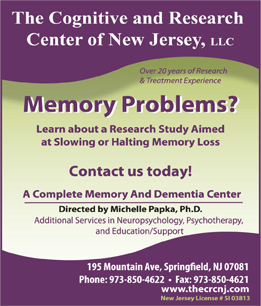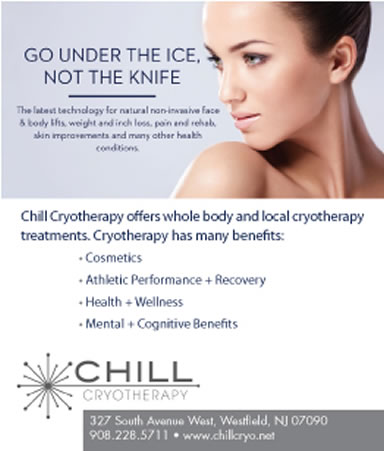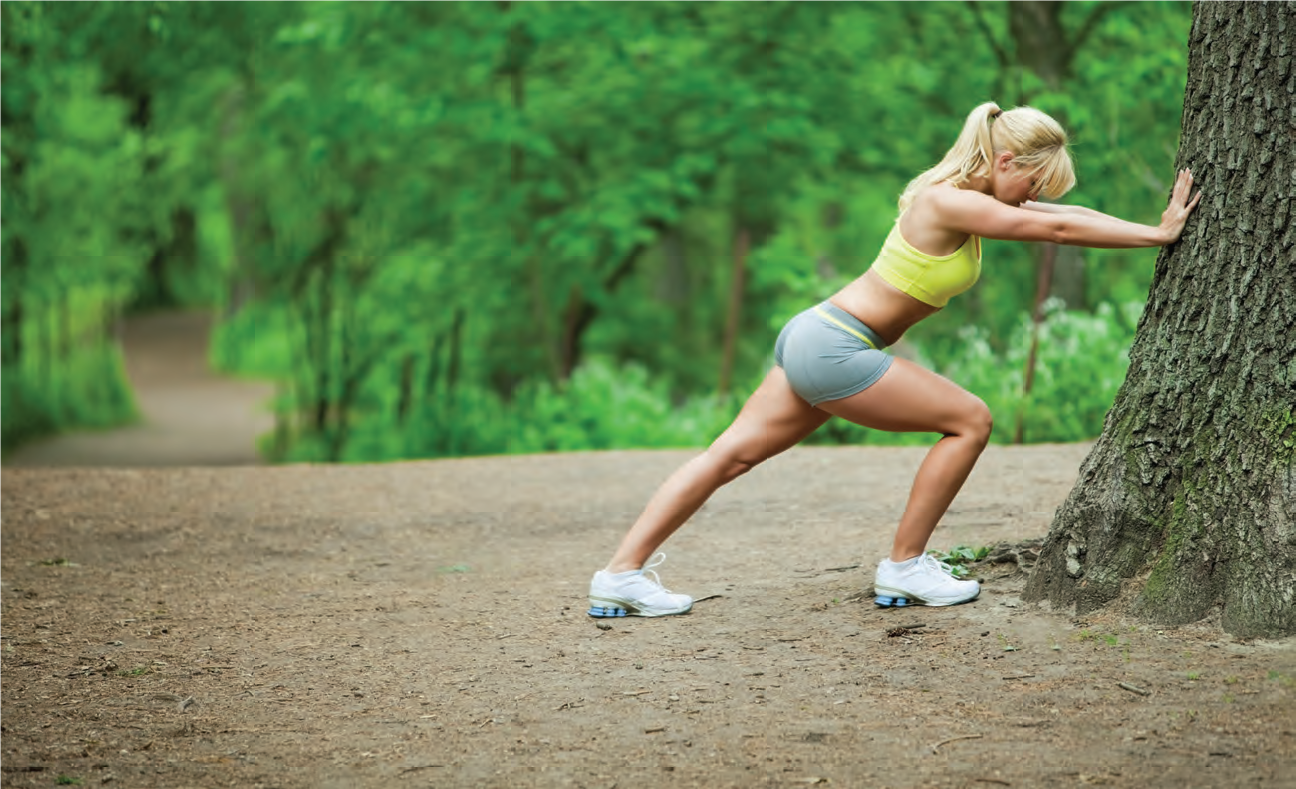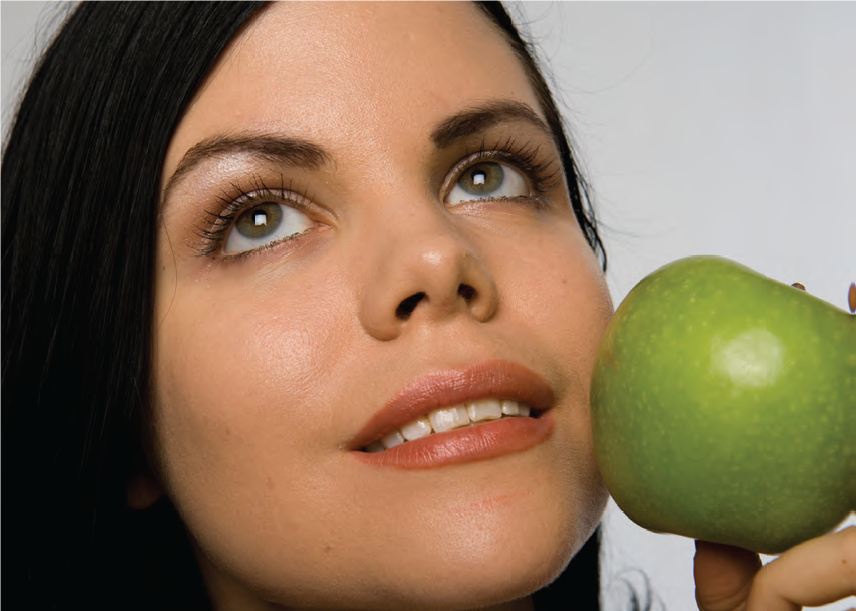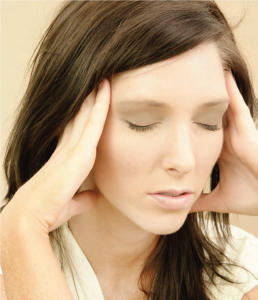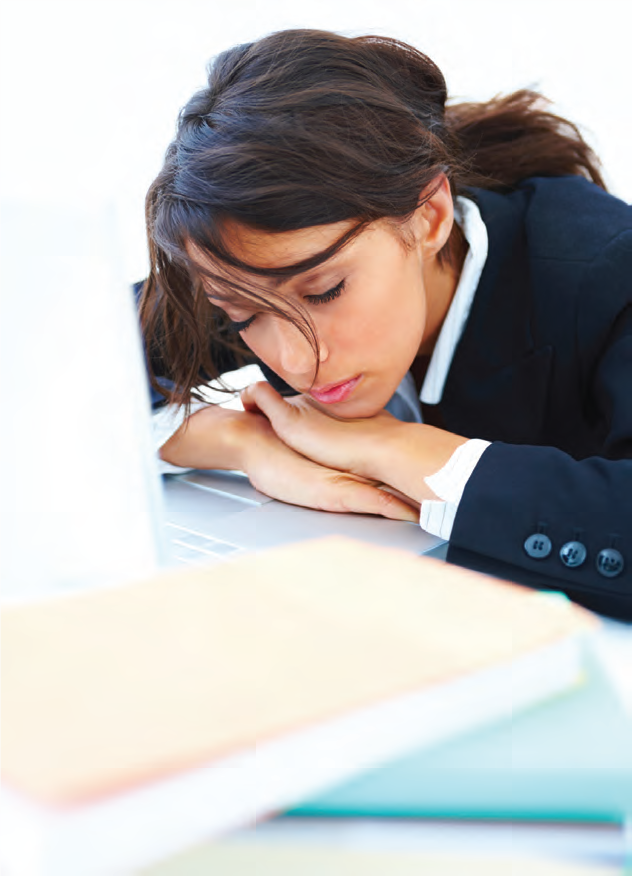- 899 Mountain Ave # 1A Springfield NJ 07081
- (973) 218-6394
- visit website
- 6 Green Village Road Madison NJ 07940
- 201.400.2261
- visit website
ACHIEVING HEALTH NATURALLY
Acupuncture, PT/OT, Chiropractic, Family Counseling
- Infertility
- Migrains
- ADHD/ADD
- Frozen Shoulder
- Carpal Tunnel
- Tennis Elbow
- 555 Passaic Avenue West Caldwell NJ 07006
- 201.400.2261
- visit website
ACHIEVING HEALTH NATURALLY
Acupuncture, PT/OT, Chiropractic, Family Counseling
- Infertility
- Migrains
- ADHD/ADD
- Frozen Shoulder
- Carpal Tunnel
- Tennis Elbow
- 75 Summit Ave Summit NJ 07901
- 908-277-6886
- visit website
- 239 Taunton Boulevard Suite A2 Medford NJ 08055
- 609-473-9492
- visit website
- 2816 Morris Ave., Suite 37 Union NJ 07083
- (908)497-7016
- visit website
- 240 Williamson St., Ste. 103 Elizabeth NJ 07202
- (908)994-5695
- visit website
- 240 Williamson St., Ste. 202 Elizabeth NJ 07202
- (908)994-5502
- visit website
- 1207 E. Grand St. Elizabeth NJ 07201
- (908)242-3880
- visit website
- 349 N. Frisch Court, Ste. 101 Paramus NJ 07652
- (800)961-0932
- visit website
- 1180 Route 22 West Mountainside NJ 07092
- (908) 654-0020
- visit website
- 622 Eagle Rock Ave. West Orange NJ 07052
- (973)669-0078
- visit website
- 195 Mountain Ave. Springfield NJ 07081
- (973)850-4622
- visit website
- 327 South Ave. West Westfield NJ 07090
- (908)228-5711
- visit website
Planning to step up your game after the holidays? Worried that you’re not up to the challenge? Listen to your body (and your doctor) and you’ll avoid the sprains, trains and stress that send others to the bench.
Three cheers for medical science. Although staying fit still takes hard work and commitment, remaining injury-free is easier than ever. Whether you’re a weekend warrior training for your first triathlon or you live on the tennis courts, you have two missions when you’re pushing the performance envelope: Do your best… and make it home in one piece. The key to success (or survival, depending on your sport) is recognizing that there are three important components where your body is concerned: BEFORE, DURING, and AFTER. Understanding the basics of each not only gets you on the court or field or road—it’s what ultimately will keep you there.
BEFORE
The right preparation can save you a world of hurt, but often people skip this step. Here’s how to ensure you’re ready to take on all comers:
- Check yourself out. Most people know it’s wise to consult your doctor before starting a new exercise routine, but there’s another professional who might be just as key. “I’m a strong advocate of having a person trained in physical therapy take a look at the muscular-skeletal system,” says Jim Dunleavy, PT, MS, Administrative Director of Rehabilitation Services for Trinitas Regional Medical Center. “We all come with little quirks that we may not know we have. For instance, if someone has resisted motion in their hip, that could cause a knee or ankle problem. After the assessment, they can make sure that their exercise program attends to those potential issues.”
- Ditch the heels. Women who wear heels put themselves at risk for injuries in sports. “If you wear heels during the day, your calf is shortened all day long, and you won’t have the flexibility and the strength to participate in your activity without hurting,” Dunleavy says. You’ll need to engage in some extensive stretching of your lower legs before and during your activity to help minimize the chances of injury.
- Be sure you’re balanced. You may be working hard to get your muscles in shape for your particular sport, but you can’t ignore the rest of your muscular system. “You need to pay a little attention to your core muscles, to A Special Health & Wellness Section from Trinitas Regional Medical Center balance things,” says Dr. Richard Mackessy, Chairman of the Orthopedics Department at Trinitas. “If you overdevelop one area, like your chest, but haven’t done anything to the back, you’ve created an imbalance in your shoulders that makes it so they’re pulled forward constantly, and creates a risk of pain.”
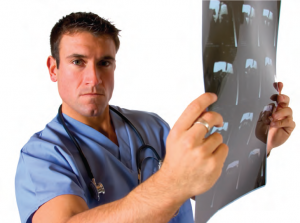
DURING
While you may be concentrating on squaring up to the ball or keeping your marathon pace, there are other things to keep in mind before you shift into high gear:
- Warm up. There’s been so much debate on how to get rolling—just stretching, stretching and warm-up, or full speed ahead—but most experts agree that a warmup is essential. “You don’t want to just walk onto the field and play the toughest match without doing anything,” Dr. Mackessy says. “We recommend going through a period of warming up, where you’re going at half the pace. If you’re playing tennis, you might hit balls at a very relaxed pace for a few minutes, then stop and do some stretches before you really start playing.”
- Don’t go crazy. Weekend warriors may be all gung-ho about doing the activities they love when they have the time, but it’s best to work up to an all-day round-robin. “If you’re working 9 to 5, your body is not built up to withstand the constant stress that’s placed on the body with a prolonged sports activity,” Dunleavy says. “Your body can only take so much—overuse can result in inflammation, making it very difficult to use that area without pain.”
- Stop if you have pain. Forget that old No pain, no gain adage—if you’re hurting, take a break. “If you have pain, you need to stop playing,” Dr. Mackessy insists. “You don’t need to hurt yourself and be laid up for six weeks.”

AFTER
When you’re ready to pack it in for the day, there are a few tricks you can use to help ensure you’ll be ready to achieve peak performance the next time out:
- Stretch it out. After a brief cool-down (like the warmup, you’re going at a more relaxed pace), be sure to give your muscles a well-deserved stretch to keep them limber. “Hit all the common stretches—legs, arms, shoulders,” Dr. Mackessy suggests.
- Nurse your wounds. If you do have pain and inflammation—the most common results of overuse injuries—there are a number of steps you can take to decrease the swelling, either at home or under a doctor’s care. “Swelling is going to retard the healing process, so you need to cool down the tendon with ice,” Dunleavy suggests. “We can also try to stimulate the healing process by increasing blood supply with electricity, heat and ultrasound, or by injecting medications, like cortisone or steroids. We can even load medication into an electrode and use electricity to drive medication into an area.”
- Assess your performance. Play Monday morning quarterback and see what you can improve at your next sporting event. “John MacEnroe once said that he learns more from losing than from winning,” says Dr. Rodger Goddard, Chief Psychologist and Director of Wellness Management Services for Trinitas Regional Medical Center. “Being able to look back at what was disappointing in our performance and devise a plan to improve our technique, execution and strategy in these areas is an important skill.”
Editor’s Note: Lisa Milbrand is a New Jersey-based writer whose articles on health and relationships appear in Parents, Arthritis Today and Modern Bride. Her blog themamahood.com celebrates the life of a working mother.
Shiny hair and teeth, longer legs, firmer abs, cooler apartments, faster cars—the list of differences between TV docs and the real-life ones is practically endless. Yet from a practical standpoint, the difference that matters the most to real-life patients is this: Can you help me? That’s when the TV docs disappear and the true problem-solvers hit their mark.
Let’s face it. Who doesn’t love a good medical drama? When some “Doc Hollywood” sinks his teeth into a perplexing patient, we are transfixed. These television characters will crack the case—we know it and, on some level, we know they know it, too. The medical dramas that play out on hospital floors every day present the same challenges and demand the same out-of-the-box thinking. However, when a patient stares desperately into a doctor’s eyes, that’s not acting. It’s the real deal. We asked a trio of the top docs at Trinitas to “state their case”—the one that intrigued or challenged them, surprised or gratified them, the kind that makes real-life doctoring far better than doctoring As Seen On TV.
A HELPING HAND For Dr. Richard Mackessy, the chairman of Trinitas’ orthopedics department and a specialist in hand surgery, the toughest patients are often the youngest. He’s spent the past 20 years donating his surgical expertise to Healing the Children, a nonprofit that helps children from around the world come to the U.S. to receive treatment. “Most of the kids have congenital problems with their legs that keep them from getting around,” he says. “We usually have to amputate and give them a prosthesis, but the results are amazing—it allows them to be up and walking around, independent and functional.” Healing the Children sponsored two of Dr. Mackessy’s most memorable patients—a pair of children from Russian orphanages who had severe hand deformities. The first, a boy, was missing a thumb due to a congenital condition. Dr. Mackessy was able to utilize the index finger to create a thumb for the little boy. “You situate the index finger in a different way, attach different muscles, and take one of the bones out of it, and you’ve created a thumb.” The surgery helped the child gain use of his hand. Another, a little girl, was missing most of her left arm below the elbow, and the fingers on the right hand were fused together. Dr. Mackessy was able to separate the thumb and fingers on the right hand, and perform surgery to make her left arm more useable. Both kids not only regained the use of their hands, they gained something else—while they were in America for their surgeries, they were adopted by U.S. families. Dr. Mackessy says he constantly sees the power of medicine. “[This work] makes you see life differently—it shows you what medicine can do for people.”
THE HEART OF THE MATTER For Dr. Arthur Millman, head of Trinitas’ cardiology center, mending broken hearts is all in a day’s work. One of his most interesting patients was a 70-something lady who wanted to skydive. “She wanted to get a letter from us that said that she could go, but she was in severe heart failure, with a leak in the mitral valve,” he recalls. After she was stabilized, Dr. Millman was able to surgically repair her valve. “While you can replace the valve, doing so damages the heart muscle and creates illness in the patient,” he says. “If you are able to fix the valve instead, it’s still you, not some piece of plastic or something that came from a cow or a pig.” With this valve repair, he was able to give the patient a whole new lease on life. “She can take care of herself now, go shopping—things she couldn’t do beforehand. I still tell her that skydiving isn’t a good idea, though.”
SOLVING A MEDICAL MYSTERY When a young diabetic patient came to Dr. Paul Vaiana early in his medical career complaining of numbness in his hands and feet, the now-president of Trinitas Regional Medical Center’s Medical and Dental Staff, might have assumed that the problem stemmed from a failure to take his medications. But Dr. Vaiana noticed something that concerned him. “He had no motor strength, and that made me think that something else was happening.” A spinal tap revealed the cause—Guillain-Barré syndrome, a disorder in which the nervous system comes under attack by the body’s immune system. At the time, not much was understood about the disease, but Dr. Vaiana knew his patient was running out of time. “I knew it needed to be addressed quickly with a very specialized treatment,” he recalls. “If you aren’t able to wash the patient’s blood, they became ventilator-dependent quickly.” Dr. Vaiana and the hospital were able to locate a plasmapheresis machine within 24 hours to cleanse the patient’s blood and get him on the road to recovery. “Everyone worked together on this young man and in three days he was out of the woods,” he remembers. “We were so aggressive in treating it, and now that is the standard care of this disease.” Three decades later, that young man is still Dr. Vaiana’s patient. “I love practicing medicine and having a relationship with my patients,” Dr. Vaiana says. “It’s not the money driving care here—I’m glad to be part of a team who really goes out of their way to help people in their time of need.”
Editor’s Note: Lisa Milbrand is a New Jersey-based writer whose articles on health and relationships appear in Parents, Arthritis Today and Modern Bride. Her blog themamahood.com celebrates the life of a working mother.
Clean living. Prudent diet. Sunscreen savvy. All vital to healthy skin. And all easier said than done.
People spend billions of dollars a year on products that promise to make their skin firmer, fresher and younger. But doctors who focus on caring for the skin insist that the body’s largest organ needs more than over-the-counter potions to maintain its health and radiance—and to do what it was designed to do. “Skin is the protector of our body and the first line of defense,” says Dr. Kamran Khazaei, head of Nouvelle Confidence, the Center for Cosmetic Laser & Rejuvenation. “The first thing that’s affected when you come in contact with pollutants, bacteria and other toxins is the skin—that’s why you have to continually do maintenance on the skin, to allow it to work its best.” Everything we eat, breathe, and do affects our skin, and the results aren’t always pretty—especially when people neglect the basics of skin health.
Here’s how to ensure you protect the skin that protects you. SKIN RAVAGERS While genetics can play a role in how easily you burn or scar, whether you freckle and how soon you show signs of aging, experts say that lifestyle choices have the biggest impact on your skin’s health. Smoking, eating an unhealthy diet, exposure to pollutants and even a lack of sleep and exercise can cause premature aging and other skin problems. “Smoking and a poor diet absolutely damage the skin,” says Dr. Khazaei. “Any type of toxin in the body affects the whole body, including the skin.” But when it comes down to it, sun exposure continues to have the most punishing effects on a person’s skin. “The worst enemy of the skin is the sun,” says Dr. Khazaei. “Everyone thinks they look healthier by tanning themselves under the sun, but that’s the worst thing to do for skin health.” It’s hard to avoid news reports on the dangers of sun exposure, but surprisingly it hasn’t had a huge effect on people’s behavior.
Recent CDC studies have shown that 40 percent of adults don’t use sunscreen, and 70 percent of those who use sunscreen don’t bother to reapply when it’s recommended. It’s the ultraviolet radiation that causes most of the trouble—particularly UVA rays. “UV radiation is a known carcinogen, and is associated with both an increased risk of skin cancer and an increase in skin aging,” says Dr. Joseph Alkon, a plastic and reconstructive surgeon at Trinitas Regional Medical Center, who specializes in treating skin cancers. Unfortunately, many people have taken their desire for darker skin straight to a more dangerous spot—the tanning bed—where UVA rays are three times more potent than in natural sunlight. “There has been a rise in the number of people using tanning salons, including teens and younger patients,” says Dr. Alkon. “More than one million people use tanning salons on a typical day in this country—70 percent of whom are females in their late teens to late 20s.” Tanning bed use, he adds, may put you at even more risk of cancer and other damage.
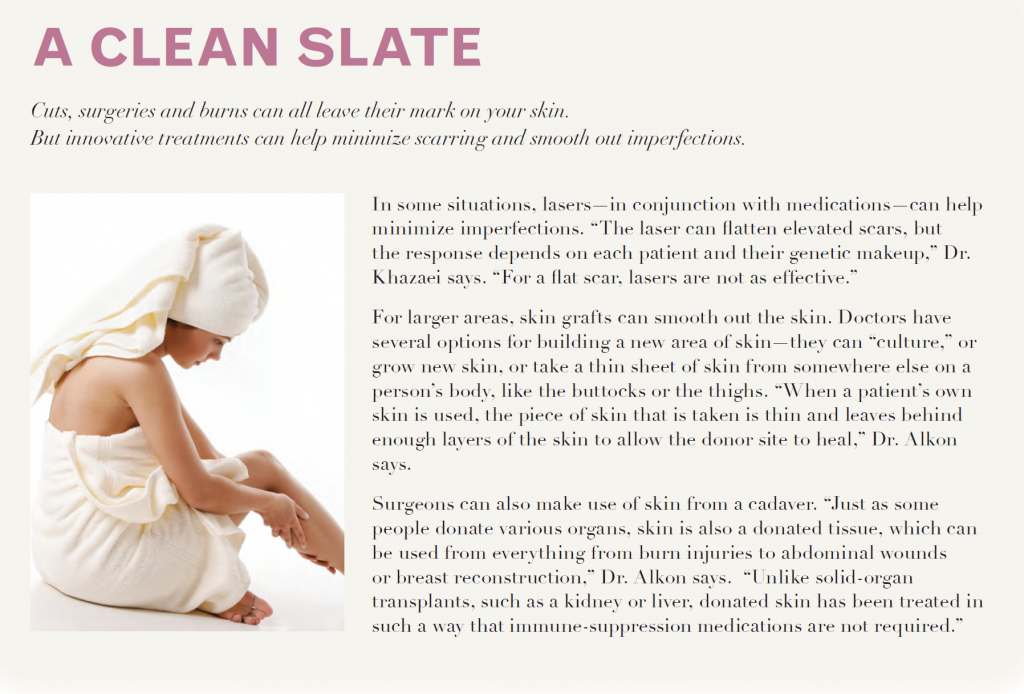
SAVING YOUR HIDE You may think you’re a lost cause after decades of sunscreen-free sunning at the shore, but there’s still plenty to be done to improve the health—and look—of your skin. Dr. Khazaei uses laser and microdermabrasion treatments to help combat the signs of skin damage. “Laser treatments help regenerate collagen formation to rejuvenate the skin, and can be used to treat freckles and age spots,” he says. “Microdermabrasion removes dead skin cells that are produced by the sun, exposing the younger, healthier skin beneath.” Customized skin care products—like Dr. Khazaei’s own line—can help clear away dead cells and revitalize the skin beneath. But the best protection is prevention—and that means stopping smoking, getting more sleep, eating better, and most importantly, using sunscreen regularly. “Even on a cloudy day, you need sunblock to protect the skin—the rays that cause the most damage can still pass through the clouds,” Dr. Khazaei warns. “If you take care of your skin, it naturally stays younger and lasts longer.”
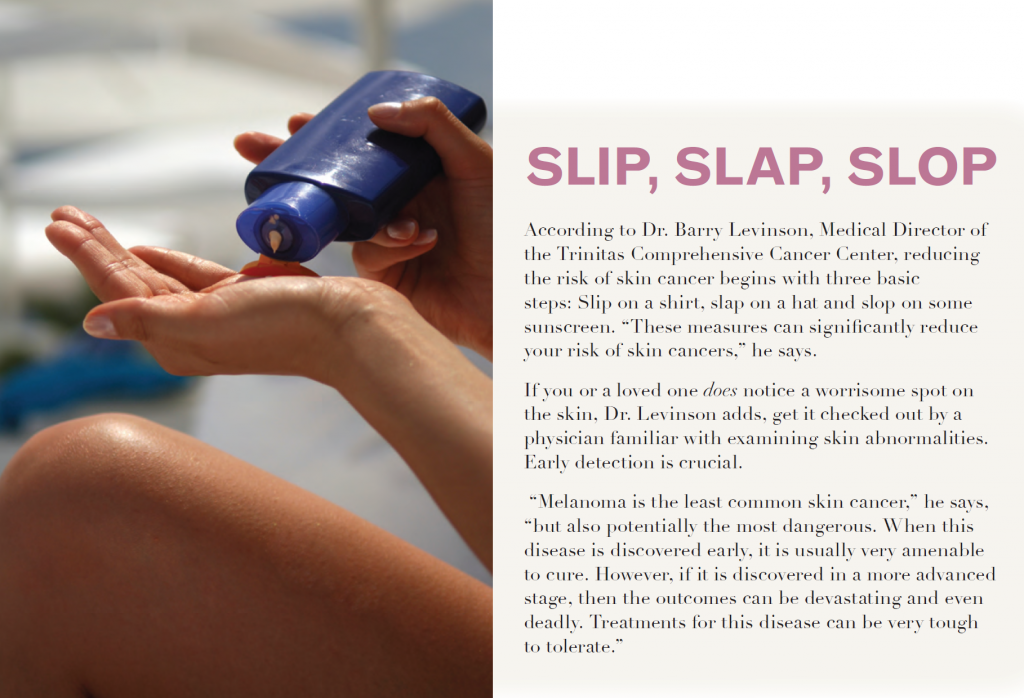
Editor’s Note: Lisa Milbrand is a New Jersey-based writer whose articles on health and relationships appear in Parents, Arthritis Today and Modern Bride. Her blog themamahood. com celebrates the life of a working mother.
While the skincare industry touts its latest, greatest miracle-working scientific formulations, actual science increasingly links healthy skin to what you put IN your body, not ON it.
Skin is the largest organ of the body. It’s the only one that is instantly visible. And it is vulnerable to all sorts of attacks, including dryness, excess oil, wrinkles, sunburn, acne, dermatitis, rosacea, eczema, psoriasis, seborrhea, and various forms of cancer. Millions of consumers shell out billions of dollars on topical skincare products each year in an effort to improve the look and feel of their skin. All the while, they may be missing a more obvious, cheaper, and better way to reach their goal. Food.
In their book Beauty Basics for Teens, Dianne York-Goldman and Mitchel P. Goldman, M.D., urge a balanced diet that includes carbohydrates, protein, nutrients and fiber, but is low in saturated fats and empty calories. They also advise drinking at least eight 8-ounce glasses of water each day for proper hydration. The goal is to eat foods rich in vitamins, minerals, antioxidants, and healthy fats. Melody L. Meyer of Albert’s Organics, a California-based natural products distributor, suggests leafy green vegetables for iron and calcium, sweet juicy fruits (especially at breakfast), a variety of whole grains, and easy-to-digest proteins like legume soups, paneer (cheese made from boiling milk, adding lemon and straining solids), and lassi (diluted yogurt and spice drinks).
Carotenoids, which are found in red and orange fruits as well as in yellow and dark green vegetables, are recommended by Sharrann Simmons of Cognis Nutrition & Health, an Illinois-based food technology company. She says that carotenoid lutein has been shown to protect skin against UV-damage, improve skin hydration, encourage elasticity and enhance beneficial lipid levels. For its “Beauty from Within” campaign, DSM Functional Food Marketing of New Jersey also enlists carotenoids, as well as antioxidant vitamins C and E, green tea extracts, omega-3 fatty acids (which can be found in fish and flaxseed), and polyphenols (derived from olives). Consumers seem to be getting the message. A recent study by the Mintel Group, a market research fi rm, notes that 2008 saw the debut of more than twice as many new beauty foods and beverage products as there were in 2007.
Dermatologist and author Nicholas Perricone urges a diet loaded with these essential proteins: fish, poultry and, occasionally, lean beef, pork or ham. He also suggests consumption of soy foods like tofu and tempeh, egg whites, low-fat cottage cheese, low-fat milk, and yogurt. For carbs, he favors squash, spinach, onions, green beans, asparagus, cabbage, cauliflower, eggplant, collard greens, escarole, green peppers, strawberries, raspberries, apples, blackberries, blueberries, cantaloupe, honeydew, and kiwi. Recommended fats include oils derived from olives, walnuts, safflower, soybeans, rapeseed (canola), and sunflowers, as well as nut butters and avocado.
Perricone also is high on the following ten “Superfoods”: Aτai (pronounced ah-sigh-ee), a high-energy berry that grows in the Amazon The allium family of foods, including garlic, onions, leeks, scallions, shallots, and chives, all of which are rich in flavonoids. Barley, which is not only low on the Glycemic Index, but high in both soluble and insoluble fiber. Green foods, which are derived from cereal grasses and blue-green algae. Buckwheat, also low on the glycemic scale, and which may be substituted for less healthful grains like rice, wheat, and corn. Beans and lentils, an alternative to fattier meat proteins. Hot peppers, which are high in heart-healthy, anti-inflammatory compounds. Nuts and seeds, which are a source of good fats. Sprouts for their enzyme content.
Yogurt and kefir, fermented dairy products that add digestion-aiding probiotics to the diet. J.T. Ryan is a licensed physical therapist and owner of Healing Touch in Howell. The company makes and markets handmade natural body-care products. She emphasizes the need for trace minerals and electrolytes, which she calls “a key to cellular regeneration.” For example, Ryan says, a deficiency in copper will lead to scar formation during the skin’s 40-day cycle period. Foods rich in copper include most nuts (especially Brazils and cashews), seeds (especially poppy and sunflower), chickpeas, liver and oysters. Are there foods that should be shunned if your goal is shiny, smooth skin? Most definitely. This is particularly true if you are worried about acne. Naturopath Alan C. Logan, who teamed with dermatologist Valori Treloar on the 2007 book The Clear Skin Diet, cautions against the foods most popular with American teenagers—pizza, hamburgers, cookies, crackers, fried potatoes, salty snacks and sweetened beverages.
Even milk consumption is “strongly associated with acne,” the authors claim. In place of these no-no’s, Logan argues for a diet that focuses on the omega-3 fatty acid eicosapentaenoic acid (EPA), found in fish like mackerel, sardines and salmon, tomato extract with the carotenoid lycopene, marine fish that are rich in collagen, and a high-flavanol cocoa extract. Logan explains that inflammation is at the core of acne, and that oxidative stress, a byproduct of the standard American diet, “fans the flames of inflammation.” Fish oil, he says, especially EPA, blocks the production of the inflammatory chemicals. This also is why antioxidant fruits and vegetables are so important. Does this mean you have to toss away all your lotions, creams and ointments? Of course not. They definitely serve a purpose. But keep in mind that if you really want a smooth, healthy complexion, a good nutritional foundation is where you should start.
Editor’s Note: New Jersey-based freelance writer Alan Richman is the former editor of Whole Foods Magazine.
“Everyone knows someone who has lost their job… people have a lot on their minds.”Your house is worth a half-million less than it was last summer. Your portfolio is in freefall. That Christmas bonus was a little short. And you’ll be waiting a bit longer to retire. It’s enough to give you nightmares—if you could actually fall asleep. As stress rises, so does the risk of insomnia and other sleep disorders. In these trying times, more and more people will try anything to get some decent shuteye.
Unfortunately, chronic insomnia isn’t something you can make up for with a Starbucks run. Consistent sleep problems can take their toll on everything from your mood to your mortality. “There is no substitute for sleep,” says Vipin Garg, MD, Medical Director of the Comprehensive Sleep Disorders Center at Trinitas Regional Medical Center, who is board certified in pulmonary medicine and sleep medicine. “If you don’t get adequate sleep, you’re going to have consequences.” “People who have chronic sleep problems find it hard to concentrate and are often much more irritable,” adds Christopher Jagar, MD, a psychiatrist with the Department of Behavioral Health & Psychiatry at Trinitas Regional Medical Center. “It can affect performance on even the simplest tasks.”
It can lead to dozing off for milliseconds at a time, called microsleep. That can affect your ability to carry on a conversation, follow a meeting—or get behind the wheel safely. And sleeping disorders often go hand in hand with other serious health issues, which makes it doubly important to diagnose and treat them. Sleep apnea, a chronic interruption of a person’s breathing during sleep, has been linked to several life-threatening conditions, including heart attack, congestive heart failure, hypertension, obesity and diabetes. “Treating sleep apnea can not only affect the quality of your life, but also how many years you live,” Dr. Garg says. While disorders like sleep apnea have their roots in physical issues, many of us bring our nightly problems on ourselves. “Lifestyle is often a factor,” Dr. Garg says. “Using stimulants— caffeinated beverages, cigarettes, chocolate—can cause sleep problems. If the room isn’t dark enough, or if you leave a TV on, that can interfere with sleep. Engaging in some sort of stimulating activity, like an office conference, an argument or a workout, can make it hard to fall asleep.” Even something that’s often considered a sleep aid—we’re talking nightcap here—can backfire. “Alcohol may make you drowsy enough to fall asleep, but you’ll wake up again in a few hours,” explains Cheryl Krempa, RPh, MBA, Director of the Pharmacy at Trinitas.
caffeinated beverages, cigarettes, chocolate—can cause sleep problems. If the room isn’t dark enough, or if you leave a TV on, that can interfere with sleep. Engaging in some sort of stimulating activity, like an office conference, an argument or a workout, can make it hard to fall asleep.” Even something that’s often considered a sleep aid—we’re talking nightcap here—can backfire. “Alcohol may make you drowsy enough to fall asleep, but you’ll wake up again in a few hours,” explains Cheryl Krempa, RPh, MBA, Director of the Pharmacy at Trinitas.
Routine Tweaks
The upside? You may be able to cure your own insomnia with a few tweaks to your routine. Dr. Garg recommends keeping a diary of your daily activities, diet and sleep quality, to see if any patterns emerge—like a case of insomnia every time you knock down an order of crab-cakes. Or watch CNBC. Or talk to your mother. If stress is causing your sleep issues, try some common stress reducers—regular exercise early in the day, meditation, deep breathing—and take time to wind down before bed without bright lights or stimulating activities.
Even something as simple as a notebook by the bed could help you relax. “You can write down your thoughts in your diary before bed, so you’ve unloaded the problems that are keeping you up at night,” Dr. Garg suggests. If anxiety, depression or another issue is contributing to your insomnia, consult with a mental health professional. “Treating the underlying psychiatric problem usually solves the sleep issue as well,” says Dr. Jagar. Should lifestyle changes fail as a fi x, resist the temptation to load up on Tylenol PM or other sleep aids. “Over-the-counter sleep-inducing products use diphenhydramine hydrochloride, the active ingredient in Benadryl, to help you fall asleep,” Krempa says. “But they can make you feel drowsy the next day, so you’ll need more caffeine to be alert, and a vicious cycle begins.”
Instead, it may be time to see your doctor. “If you try all these techniques and they don’t work, you should see a physician to determine what could be causing it, so it can be dealt with correctly,” Dr. Garg recommends. Following diagnosis at an accredited sleep disorder center, apnea patients are often set up with positive airway pressure machines (CPAPs or BiPAPs), which keep the airways from becoming obstructed and enable a good night’s sleep. Other sleep problems may disappear after starting cognitive therapy or even light therapy, when you spend part of each morning lounging under a bright, sun-like light. Dr. Garg sometimes restricts the amount of sleep a patient gets each night to try to concentrate the sleep and avoid frequent night wakings. Still, stress-related sleep disorders can sometimes be even more difficult to overcome. “People have a lot going on right now—everyone knows someone who has lost their job. Things are dire,” says Dr. Jagar. “People who are under a lot of stress have a lot on their minds, and they often have a harder time falling asleep and staying asleep. They simply don’t feel rested.”
If the lifestyle changes and stress relievers don’t work, your doctor may be able to prescribe one of the newer medications that have fewer side effects and are less likely to cause next-day drowsiness. “There are numerous formulations out there, so it’s easier to tailor the prescription to your exact problem,” Krempa says. Some medications, like Sonata (zaleplon) and Ambien (zolpidem) wear off quickly, so they work best for people who just need help falling asleep; others, like Lunesta (eszopiclone) help you stay asleep. It may take a few tries to hit upon the solution to your sleep issues, but once you do, you’ll feel like a whole new person. “Sleep disorders affect every part of your life—you become more irritable and take it out on your loved ones, and you have a harder time enjoying the things you love when you’re fatigued all the time,” Dr. Jagar says. But after you’ve caught up on your rest, you’ll be ready to take on the world, with all of its worries.
Editor’s Note: For more on sleep and sleep disorders log onto njsleepdisorderscenter.com or call (908) 994–8694.

